A version of this article was originally published in the February 2024 issue of Grapevine, The Salt Spring Island Garden Club Newsletter.
Hello fellow plant lovers, for this month’s invasive plant, we have chosen Clematis vitalba, Traveller’s Joy, Old Man’s Beard, Wild Clematis.
Easily identified during winter by its wispy seed pods, the white flower clusters of this robust vine create dense growth, blanketing shrubs and tall native trees, and shading out native groundcover. Once a tree collapses under the weight, the perennial, woody and deciduous vine continues to grow along the ground in layers up to several feet thick, preventing native plant regeneration below it. Ideal habitat for this invasive Clematis includes roadsides, gardens, hedges, forest edges and river margins where they can grow along and over water passages to the point of impacting water flow!
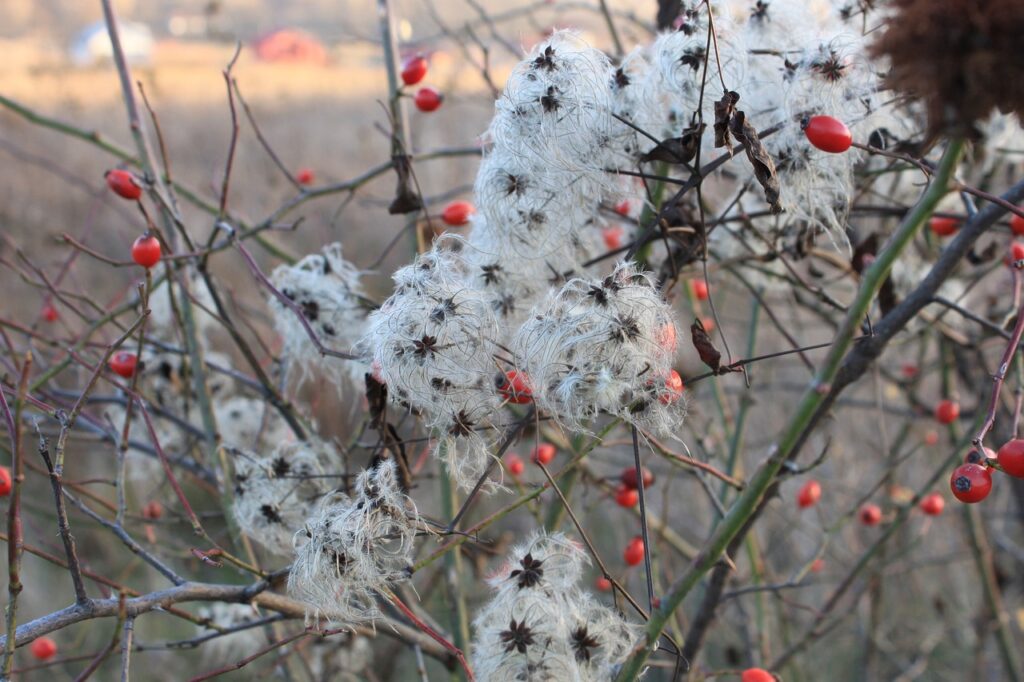
Native to northern Europe and part of the Ranunculaceae (Buttercup) family, Clematis vitalba hosts at least three different types of moths in its native habitat as well as offering seed as food to birds and supporting pollinators. Traditionally the stems were also used to make baskets. Now on Salt Spring Island, it is starting to spread quickly and potentially become a nuisance, there is now a growing need to educate ourselves on how to identify and remove it. The opposite and compound leaves made up of 3-5 rough toothed margined leaflets die and fall off during the winters, leaving the seed heads on show. To remove wild clematis: cut back, dig and pull it out during the winter months when the leaves have fallen.
Although not listed with the Invasive Species Council of BC yet, it is listed as an invasive species in the Fraser Valley, and the states of Washington, Oregon and California. Reproducing and spreading primarily by seed it will also grow from root fragments when in contact with adequate moisture. On Salt Spring Island, it is seen on some trees on Vesuvius Bay Rd just west of Tripp, lots up by Bishops Walk, some near Mouat Park, also running along between the United Church and the parking lot behind the shops on Upper Ganges, likely originating from the stream.
Plant These Instead
Rock Clematis, Western Virgin’s Bower(Clematis columbiana)
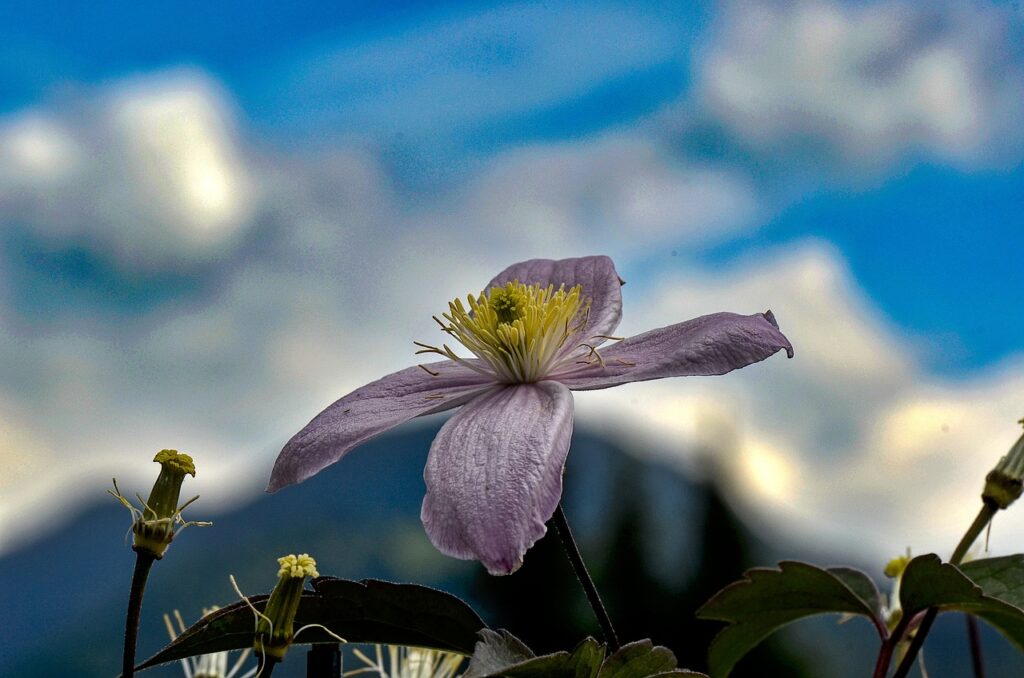
Rock Clematis is native to mountain environments in BC and Alberta south through the Rocky Mountain states into Texas. Preferring dry to moist soils in part shade, the violet or white flowers are of the classic Clematis shape.
Orange Honeysuckle, Western Honeysuckle (Lonicera ciliosa)
Flowering May-July in full sun to part shade, Orange Honeysuckle will climb trees and trellises, doing best with some moisture. Striking orange-red flowers make this vine is a show stopper: an irresistible source of nectar for hummingbirds, while other birds eat the berries in the fall and winter.
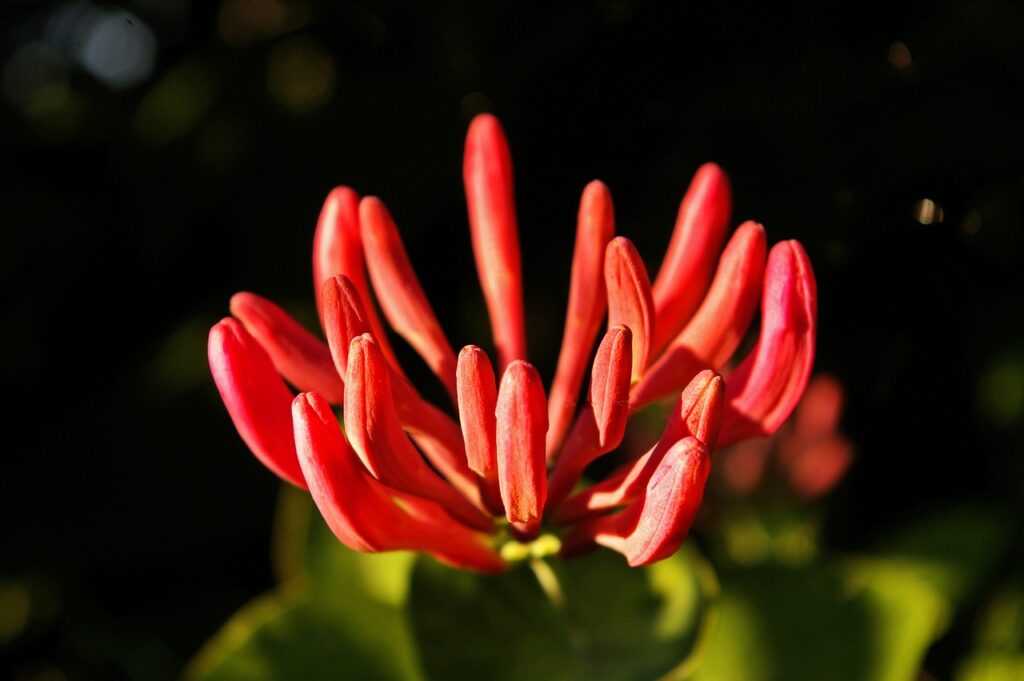
Hairy Honeysuckle (Lonicera hispidula)
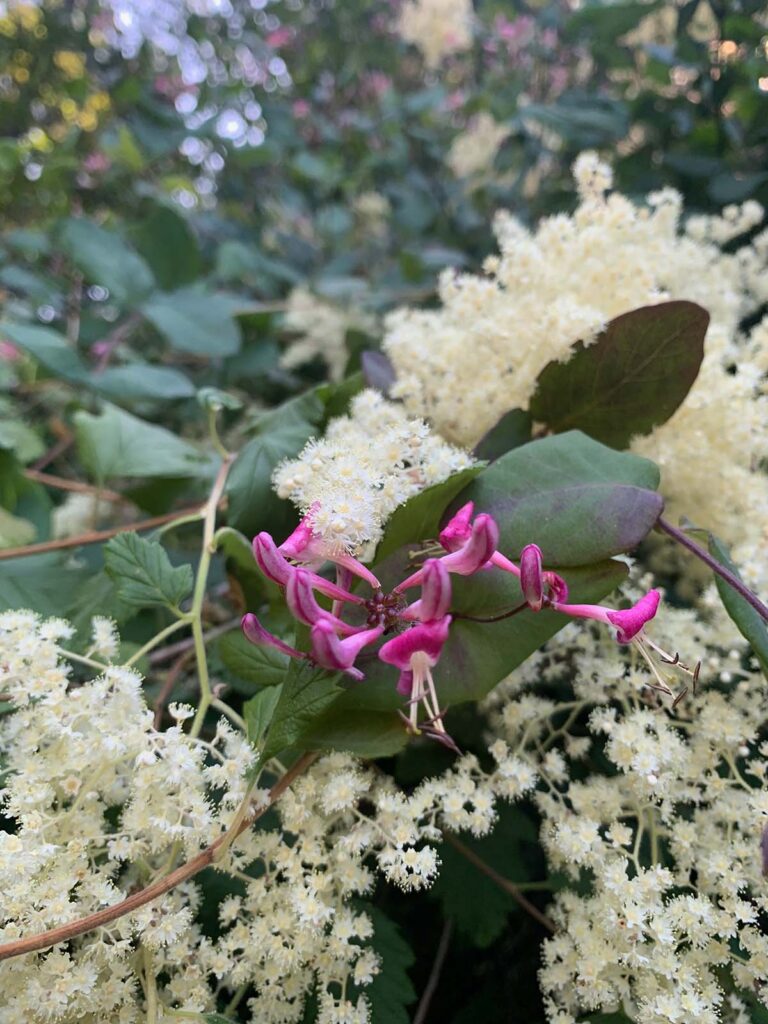
The more understated cousin of Orange Honeysuckle, Hairy Honeysuckle has purple flowers loved by hummingbirds with red berries eaten by birds. Blooming May to July, this vine climbs shrubs and trees or creeps across woodland floors.
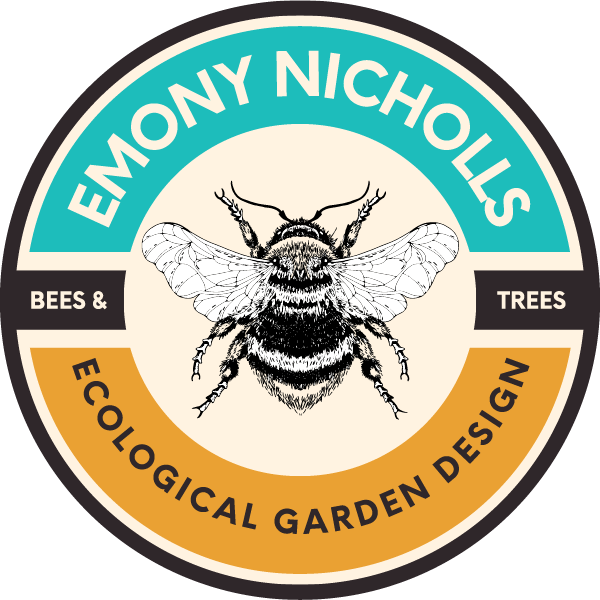



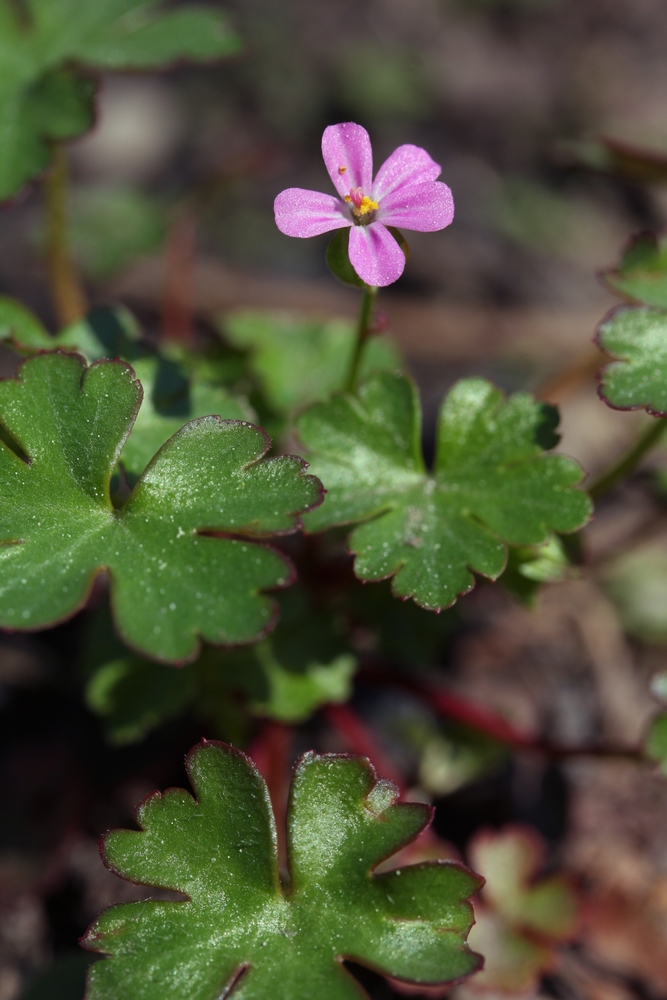
Leave a Reply